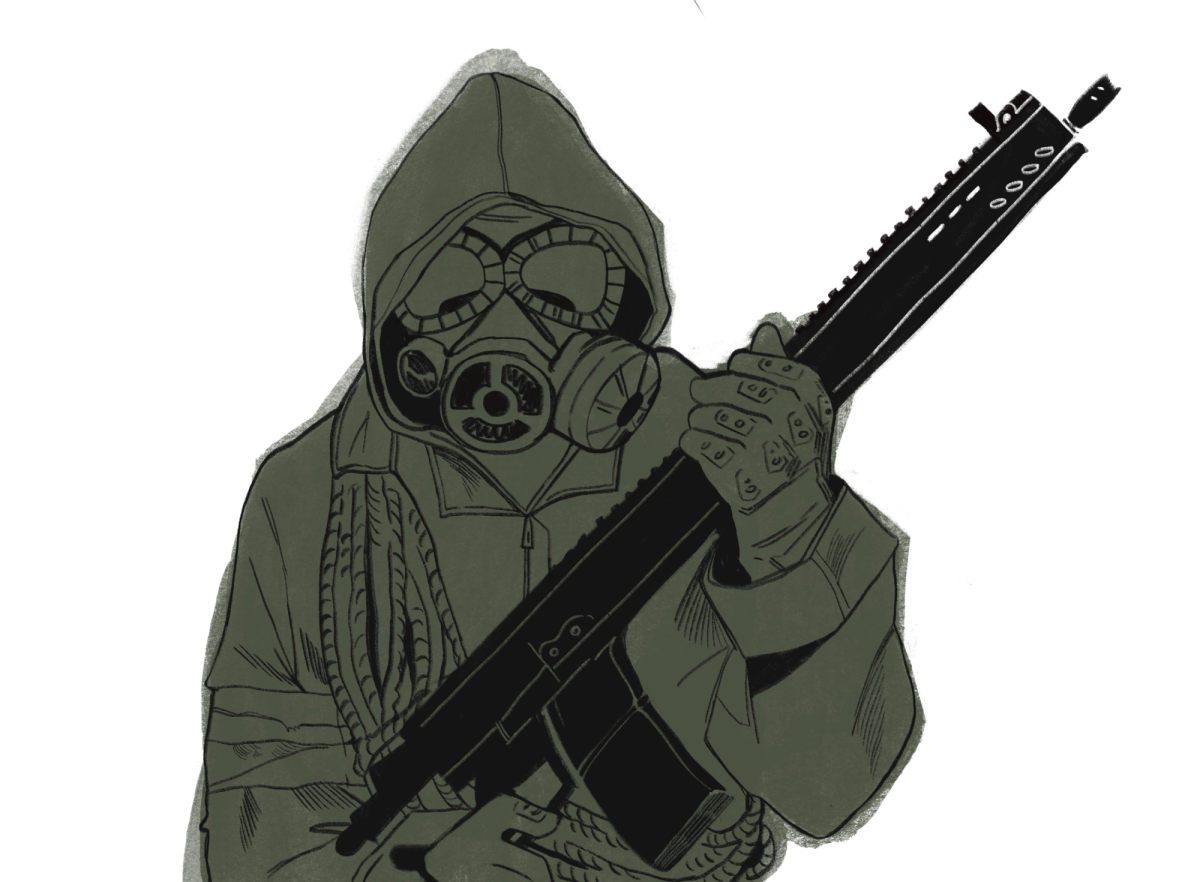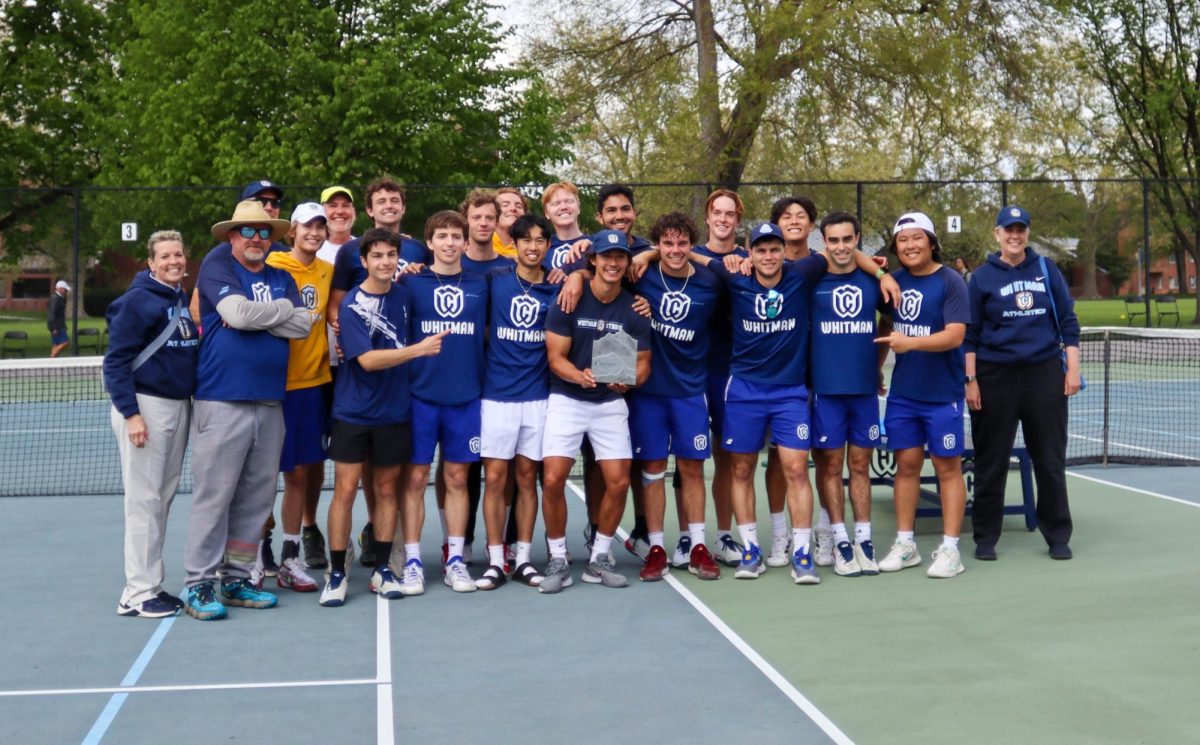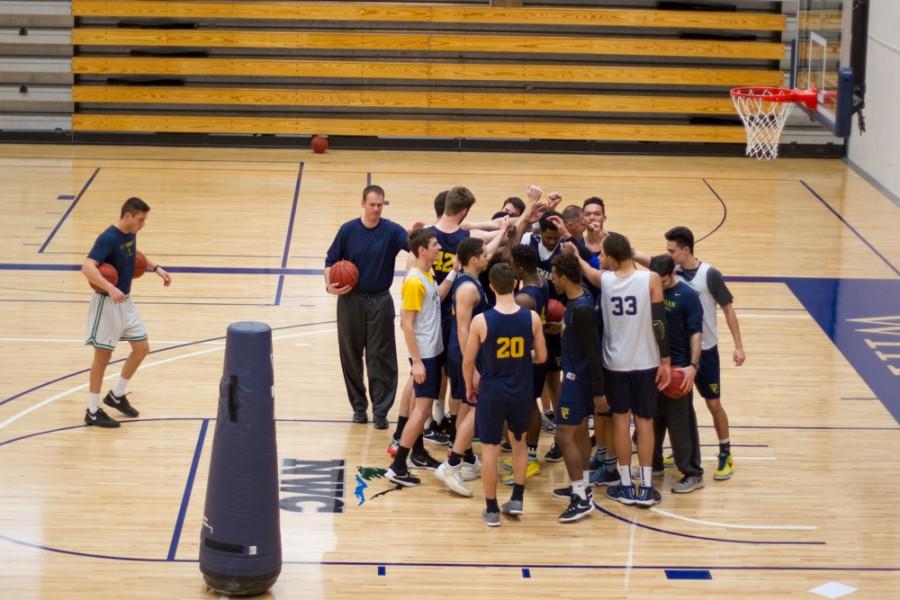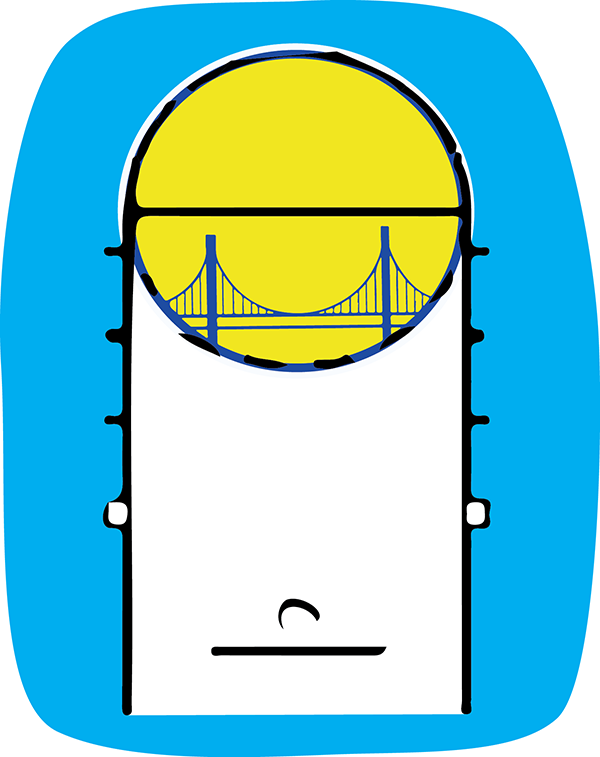Martial arts are often only associated with Asian disciplines such as karate and taekwondo, but a lesser-acknowledged Western European tradition is practiced even closer to home than you might think. It’s hard to miss the Whitman Fencing Club beginning a bout under the falling dusk and the spotlights in front of Cordiner on Monday and Thursday nights. The Whitman Fencing Club is not only a club but an educational program whose leaders and members look to maintain and broaden appreciation for their sport on the Whitman campus.

“It’s exactly like a school,” said senior and Fencing Club President Kyle Moen about the function of the club.
And in practices you learn just what you would in any class: the basics.
“My freshman year, the club consisted of two people: graduating seniors: so they passed on their knowledge and a book they used for reference . . . We still use it today. There are moments where we are very academic, reading primary source literature, but then there are the times when we’re playing around with techniques and swords and jackets, but every once in a while we find something that works,” said Moen.
With their numbers rising: around twenty members attend regular practices: the Fencing Club is looking forward to accomplishing even broader goals. As president, Moen is not only the liaison between ASWC and his members, but between the club and the global fencing community. Moen receives offers from diverse sources, from convention coordinators in Nevada to European martial arts schools, inviting Whitman fencers to learn new fencing styles.
“We’re hoping to become a club sport; that is, if we can get the extra funds,” said Moen.
There are three levels of rank in the Whitman Fencing Club that serve as a what Moen describes as “basic tests of competency.” The ranking system is unique to Whitman fencing.

“It’s a way for us to divide people based on their capabilities and gauge their interest in the club,” said third-ranked Captain Eric Schmidt on the ranking system.
Every new member, regardless of experience, starts out unranked and moves up in ranking after showing dedication to and improvement in the sport.
There are three weapons used in classical Italian fencing: foil, saber and épée. The foil is a lightweight stabbing-practice weapon whose target area is limited to the torso. The saber is a slashing weapon, slightly heavier with a larger handle. Its target area encompasses the whole upper half of the body including arms, head and hands. The épée is the largest sword of the three and has a target area of the entire body. In order to be able to use all three weapons, Whitman Fencing Club members must achieve a second rank within the club.
The club’s exploration-based practice is one that attracts many members new to the sport.
“Eric, our Captain, is a very good teacher. He makes [new members] feel welcome, and every week they are learning something different, something new. You know you’re not going to be bored and you’re going to be improving,” said second-rank sophomore Beth Levin.
In addition to exploration on campus, Whitman’s fencers work to provide new skills for the program in their attendance of 4W: the Western Washington Western Martial Arts Workshop. Besides being a mouthful, 4W is the northwest’s largest Western martial arts training event, attracting martial arts practitioners worldwide. It takes place every two years in Seattle, Wash., and the Whitman Fencing Club is hoping to be able to again send delegates to this fantastic forum of fencing fanatics.
“It’s interesting how you can bond with people who hit you with three-foot pieces of steel, but we have a good time with it,” said Vice-President Nina Estep, whose last trip to 4W afforded the club with information on pugilism, a lunge-based attack similar to modern boxing.
Kate Seiberlich, a first-year who came into the club this year with no fencing experience, is soon to test into the first rank.
“It’s actually a lot of fun. People should try it,” she said.+













